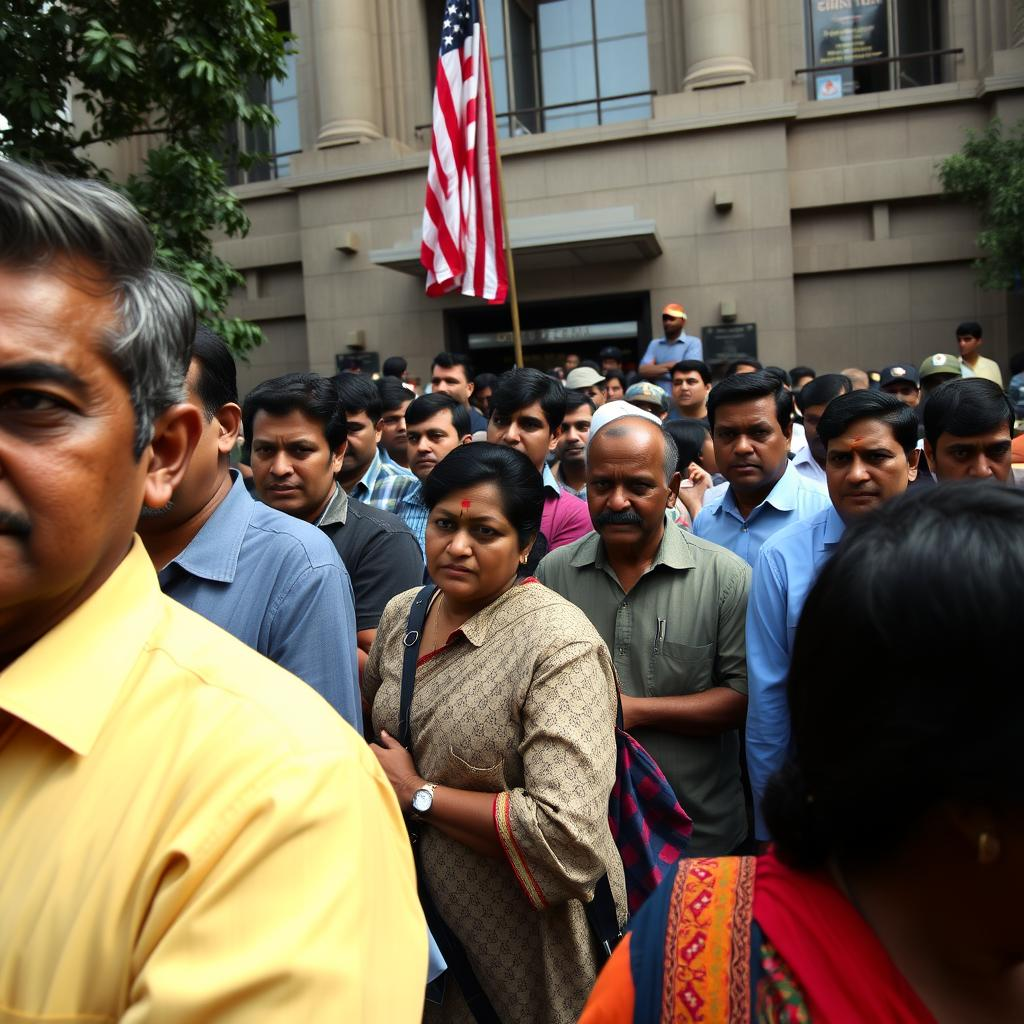The U.S. Department of State has announced a major overhaul of its visa application process, introducing stringent new rules for immigrant and non-immigrant visas that will take effect on November 1, 2025. The changes are part of a broader push to tighten immigration procedures and increase oversight.
Key Changes Affecting Immigrant and Non-Immigrant Visas
- Mandatory Interview Locations: The most significant change requires most immigrant and non-immigrant visa applicants to schedule their interview at a U.S. embassy or consulate in their country of residence or nationality. This policy effectively ends the practice of “visa shopping,” where applicants sought faster appointments in third countries with shorter wait times.
- Designated Posts for Certain Nations: For citizens of countries where routine U.S. visa operations are suspended, the Department of State has designated specific alternate processing posts. This change primarily affects nations such as Afghanistan, Belarus, Eritrea, Iran, Russia, Syria, and Venezuela, among others, whose citizens will now have to travel to a pre-determined third country for their interviews.
- No More Flexible Interview Waivers: The new rules also eliminate many of the previous flexibilities, such as interview waivers for children under 14 and adults over 79, with very few exceptions. Most applicants will now be required to attend an in-person interview with a consular officer.
- H-1B Visa Changes: In a separate but related move, the Trump administration is also reportedly overhauling the H-1B visa program. A proposed rule, expected in December 2025, aims to replace the current random lottery system with a wage-based selection process, prioritizing applicants with higher salaries and advanced degrees.
Impact on India
While the new rules on mandatory interview locations apply worldwide, they are expected to have a significant impact on Indian applicants. India, a country with high demand for U.S. visas, already faces lengthy wait times at its consulates. The elimination of the “visa shopping” option in third countries could lead to even longer processing times and greater inconvenience for travelers, students, and workers.
According to reports, current wait times for B1/B2 (tourist/business) visa interviews in India range from three and a half months to nine months, depending on the city. The new rules mean that Indians requiring urgent U.S. travel can no longer seek expedited appointments abroad and must now navigate these backlogs at home.
The proposed H-1B visa changes are also expected to disproportionately affect Indian IT professionals, who are the largest group of H-1B visa holders. The shift to a wage-based lottery system could put entry-level and early-career workers at a disadvantage.
Disclaimer
The information in this news summary is based on announcements from the U.S. Department of State and reports from major news outlets. While the rules are set to take effect on November 1, 2025, details are subject to change, and specific implementation procedures may vary.
Conclusion
The U.S. visa system is undergoing a major transformation, with new rules designed to standardize and tighten immigration procedures. For Indian visa applicants, these changes will likely mean an end to the option of seeking faster appointments abroad, potentially leading to longer wait times and more complex planning. While these measures aim to streamline the process for the U.S. government, they present new challenges for travelers and professionals seeking to enter the United States.
Affiliate Disclosure
This blog post is for informational purposes only. It does not contain any affiliate links, and no commission is earned from any clicks or purchases made as a result of this content.







